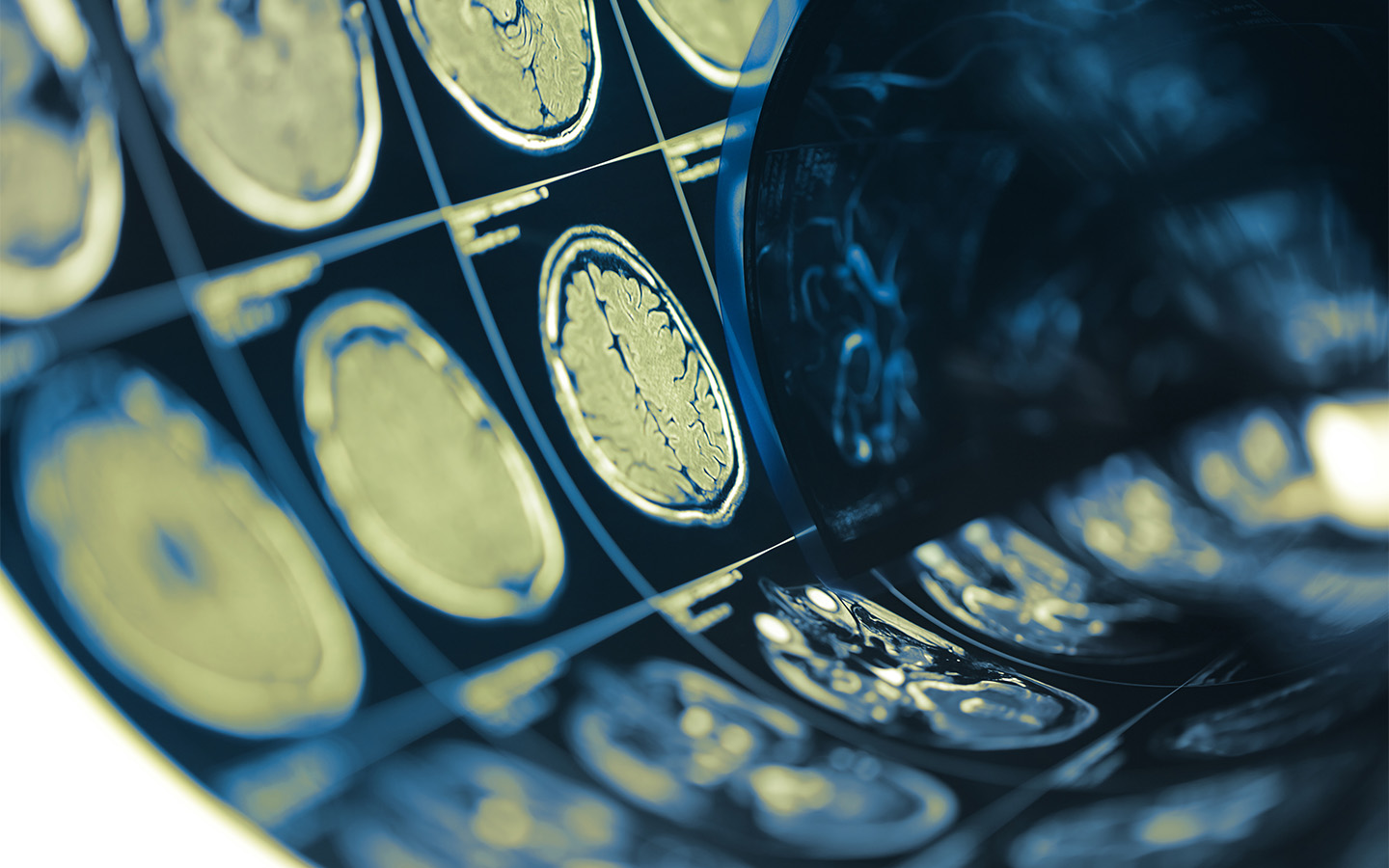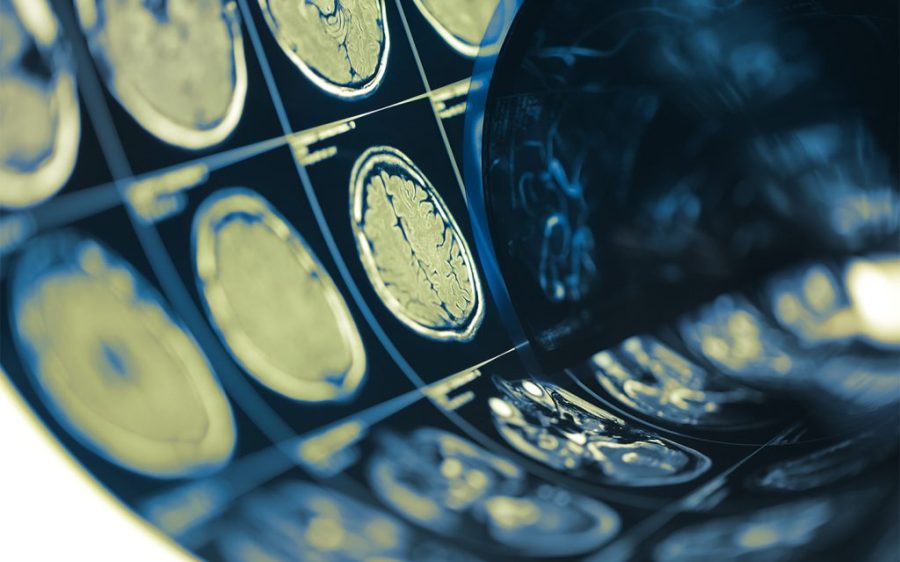A team of scientists from Beijing’s Tsinghua University has developed a new way of analysing organs by rendering tissue samples transparent, according to research published in the journal Cell.
The researchers have dubbed their technique VIVIT, which stands for “vitreous ionic-liquid-solvent-based volumetric inspection of trans-scale biostructure”. According to them, VIVIT “transforms biological tissue into an ionic glassy state” – a process akin to making tissue see-through.
The benefits of VIVIT are significant. The method results in “highly accurate and vivid” three-dimensional images that give scientists a clear view of both large-scale organ structures and tiny details such as individual cell connections. It also boosts the brightness of fluorescent dyes used to highlight cells and molecules.
[See more: Chinese scientists are turning bees into tiny reconnaissance drones]
The researchers noted that while “tissue optical clearing” methods – i.e. making biological materials more transparent – already exist and have reduced the need for physical sectioning, they tend to come with trade-offs like severe tissue shrinkage or swelling. Tissue storage is also problematic due to freeze-thaw damage.
VIVIT, in contrast, is able to maintain “original tissue morphology”, the team wrote. In addition, tissues treated with VIVIT can be stored long-term as it “vitrifies into an amorphous glassy solid instead of forming crystals” at low temperatures.
So far, VIVIT has been used to map the connections between individual thalamic neurons in mice. It has also successfully been applied to human brain tissue to reveal detailed micro-connectivity.
“The innovative tissue transparency solution provides an ‘X-ray vision’ of the internal structures of tissues equipped with a ‘navigation engine’ to manage sample preparation, fluorescent dye staining and 3D reconstruction,” according to a post by Tsinghua University on social media, reported by the South China Morning Post.






